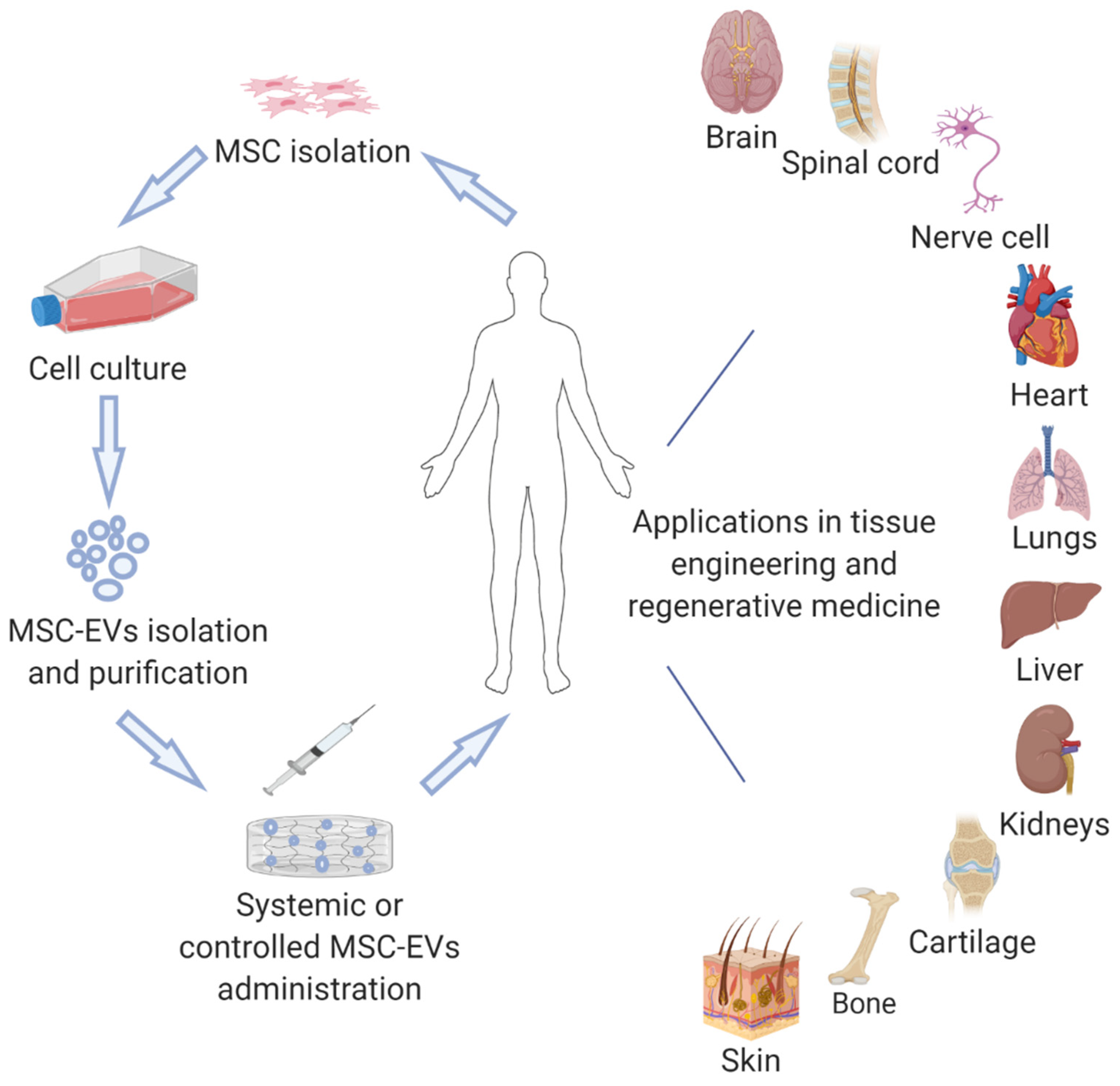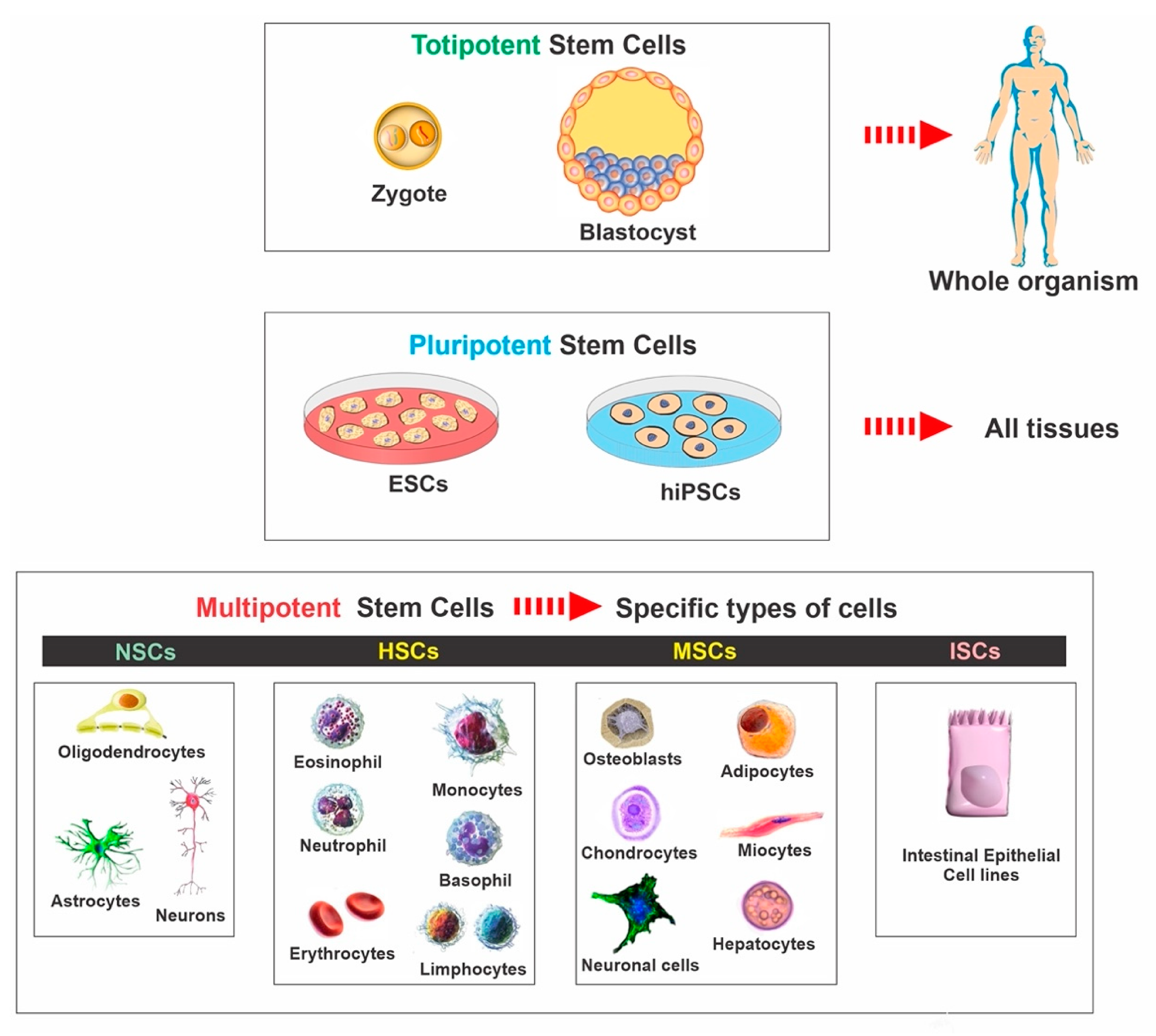Table of Contents

[/image][=video]
[/video]
Most sites made use of for bone marrow harvesting are located in the hip bones and the breast bone. The treatment takes place in the operating room. The contributor will be anesthetized throughout the harvest and will certainly not feel the needle. In recuperation, the benefactor might experience some pain in the areas where the needle was inserted.

If an autologous transplant is intended, previously collected stem cells, from either peripheral (apheresis) or harvest, are counted, screened, and all set to instill. The prep work for a bone marrow transplant vary relying on the type of transplant, the illness needing transplant, and your tolerance for sure medicines. Consider the following: Usually, high doses of chemotherapy and/or radiation are consisted of in the prep work.
This treatment is commonly called ablative, or myeloablative, due to the result on the bone marrow. The bone marrow produces most of the blood cells in our body. Ablative therapy avoids this procedure of cell manufacturing and the marrow comes to be empty. An empty marrow is required to include the new stem cells to expand and develop a new members cell manufacturing system.
It is not a procedure to place the marrow right into the bone, yet resembles receiving a blood transfusion. The stem cells discover their way into the bone marrow and begin duplicating and expanding brand-new, healthy blood cells. After the transplant, supportive treatment is offered to protect against and deal with infections, negative effects of treatments, and issues.
Medical Group in Novi
The days before transplant are counted as minus days. The day of transplant is thought about day zero. Engraftment and recuperation adhering to the transplant are counted as plus days.
The days are numbered to aid the individual and family recognize where they remain in regards to risks and discharge planning. During infusion of bone marrow, the individual might experience the following: Pain Chills High Temperature Hives Upper body discomfort After infusion, the person might: Spend numerous weeks in the medical facility Be really prone to infection Experience extreme bleeding Need blood transfusions Be constrained to a clean environment Take several anti-biotics and various other medicines Be offered medicine to stop graft-versus-host diseaseif the transplant was allogeneic.
Platelets are usually the last blood cell to recoup. Engraftment can be delayed due to the fact that of infection, medicines, reduced given away stem cell count, or graft failure.
Microbial infections are one of the most common. Viral and fungal infections can be lethal. Any type of infection can cause an extensive medical facility keep, stop or postpone engraftment, and/or cause long-term body organ damages. Prescription antibiotics, antifungal medications, and antiviral medicines are frequently offered to attempt to avoid major infection in the immunosuppressed individual. Thrombocytopenia (low platelets) and anemia (reduced red cell), as a result of a nonfunctioning bone marrow, can be dangerous and even dangerous.
Liquid overload is a difficulty that can lead to pneumonia, liver damages, and high blood stress. The primary factor for liquid overload is since the kidneys can not maintain up with the large amount of liquid being provided in the kind of intravenous (IV) medications, nutrition, and blood products.
Regenerative Therapy around Novi, Michigan

Respiratory system status is a crucial feature that might be endangered throughout transplant. Infection, inflammation of the respiratory tract, fluid overload, graft-versus-host condition, and blood loss are all possible dangerous problems that might take place in the lungs and lung system. The liver and heart are necessary organs that might be damaged during the hair transplant procedure.
Failing of the graft (transplant) holding in the marrow is a potential problem. Graft failing may happen as a result of infection, recurrent condition, or if the stem cell matter of the given away marrow was insufficient to create engraftment. Graft-versus-host illness (GVHD) can be a severe and lethal problem of a bone marrow transplant.
As opposed to a body organ transplant where the client's body immune system will certainly attempt to turn down only the transplanted organ, in GVHD the new or hair transplanted immune system can strike the entire patient and all of his or her organs. This is due to the fact that the new cells do not recognize the tissues and body organs of the recipient's body as self.
.png)
The most common websites for GVHD are GI system, liver, skin, and lungs. Diagnosis considerably depends upon the following: Type of transplant Kind and degree of the condition being dealt with Condition feedback to treatment Genes Your age and general health Your tolerance of specific medications, treatments, or therapies Severity of problems As with any treatment, in bone marrow transplant the diagnosis and long-term survival can vary greatly from person to person.
Regenerative Therapy
Continual follow-up care is important for the client following a bone marrow transplant. New approaches to boost therapy and to lower difficulties and side impacts of a bone marrow transplant are constantly being found.
Accessed June 5, 2017. The hope is to bring back damaged cells that will certainly not sufficiently heal on its own. Regenerative medicine treatments can be divided right into three classifications: assist in healing by injecting or positioning live cells into the client. Examples of cellular treatment consist of PRP and stem cell treatments, which can be made use of to deal with tendinopathy and other sports injuries.
Outer nerves, for example, consist of Schwann cells, nerve fibroblasts, and immune cells, each playing a function in nerve regeneration, as discussed here. Stem cell therapy is one of the most extensively investigated and promising branches of cell regrowth treatment. Some cells, such as epithelial cells in the skin or the cellular lining of the gastrointestinal tract, have a high turnover turn over price can regenerate quicklySwiftly
Navigation
Latest Posts
Hormone Therapy
Perimenopause Treatment servicing Novi
Medical Group